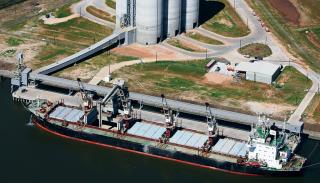While the Czech cement industry is still overcoming the effects of the global economic crisis, domestic producers are engaging in the search for lower CO2 emissions, a reduced clinker factor and more energy-efficient plants. The Czech Cement Association (SVC) continues to support the country’s manufacturing base as it actively seeks to enhance performance. By Ing Jan Gemrich, Czech Cement Association & Research Institute of Binding Materials Prague Ltd, Czech Republic.
Cement demand in the Czech Republic reached a recent high of 5.18Mt in 2008, but this strong development was halted by the onset of the global economic crisis. The current government has been focussed on belt tightening and reducing the state deficit, rather than implementing measures to foster growth, making it difficult for the cement market to offset the fall seen in recent years.
Against this challenging backdrop, the domestic cement industry has been concentrating its efforts on reducing its environmental footprint and improving operational performance, and has achieved a number of key milestones.
